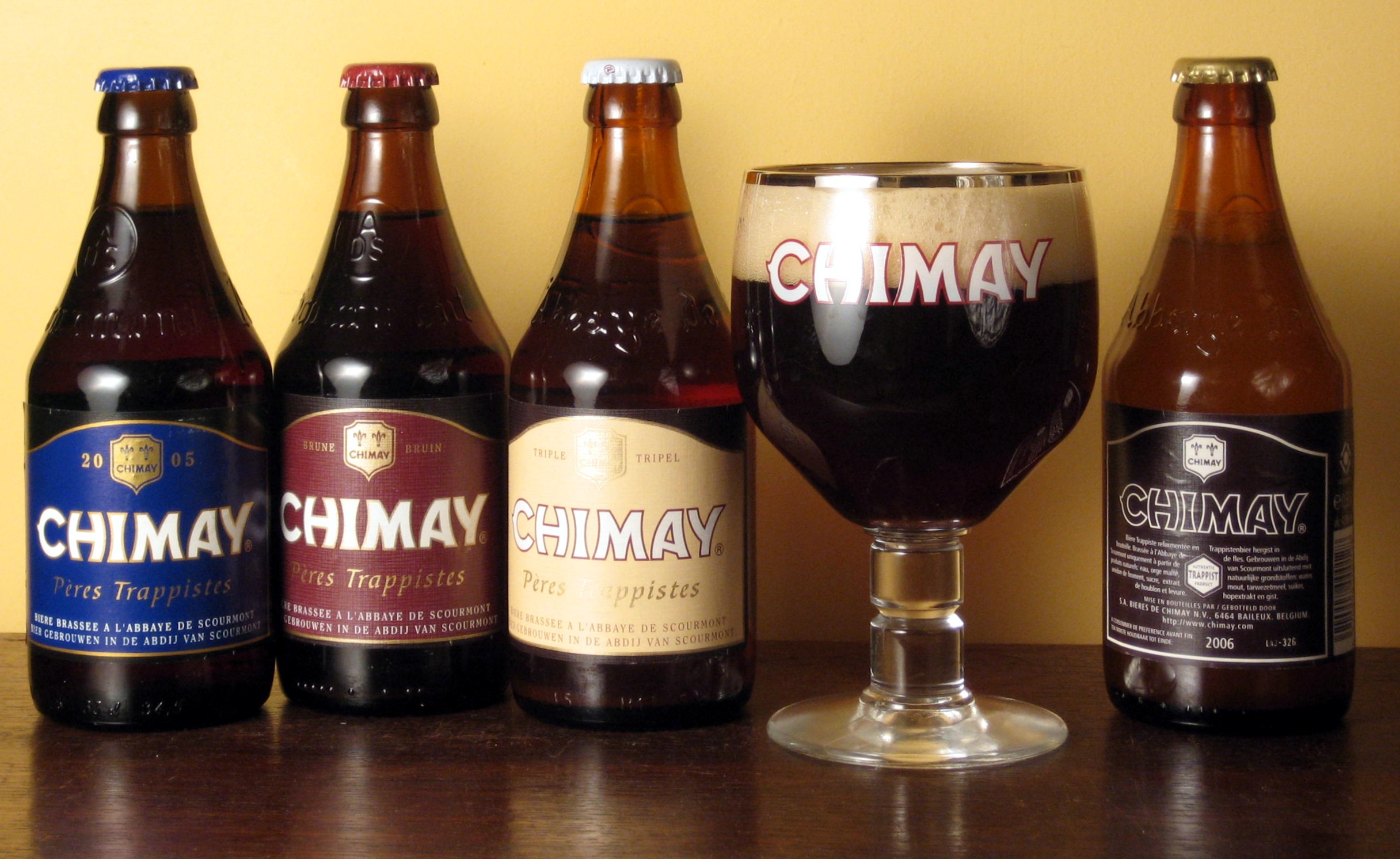For the past few weeks, preparations have been made for this weekend. The Cathedral did its part to prepare for the feast by offering a novena to the Blessed Mother. I, along with the other seminarians, was able to participate in this 9-day prayer. After a few days, the priest leading the novena recognized that some young men (probably American-looking) were regularly attending the novena. Eventually, he asked one of us who we are and why we are here. After explaining to him that we are seminarians living in Rome, but visiting Siena to study Italian, he asked us to meet the Archbishop of Siena, who had celebrated Mass that day.
After briefly greeting the Archbishop, we were invited to serve at the Mass of the Assumption—arguably the most celebrated feast of the year (that’s right, maybe even more popular than Christmas or Easter…sadly!). Therefore, I was able to serve Mass today for the Archbishop of Siena in arguably the most beautiful Church in the world on arguably the most important feast for the people of Siena—a feast that cannot be recapitulated in words.
It was a blessing and a gift to be able to serve this Mass. Today, I felt a deeper connection with the universal Church than I ever had before. One of my brother seminarians pointed out the timeless nature of the celebration that we were able to be a part of. Not only is the Church timeless in the sense that it was created by God, who is eternal and everlasting, but the fact that Siena has celebrated this feast in the same way for the past 700 years is itself almost a timeless facet of the Church of Christ. It reminds me of the millions of people who have gone before us in the faith. When we celebrate Mass, we celebrate it with all those who have celebrated it throughout history, and all those who are present in the world today. Christ’s Church has no physical or temporal boundaries. The same goes for the prayer of the Church—the “Liturgy of the Hours.” This ancient prayer, which revolves around the Psalms, has been prayed for centuries, for millennia. Now, when the Church prays it today, we join in prayer with all those who have prayed it in the past and who pray it around the world now. It is an incredible feeling and a beautiful aspect of the powerful nature of prayer in which we participate.
So here we were, six seminarians from obscure cities in the United States, serving Mass for the Archbishop of Siena on an enormous feast, with television stations and hundreds of people in attendance. Each neighborhood of Siena had flag bearers and drummers present, dressed in medieval garb. It was a wonderful celebration and a true gift to be able to celebrate this special feast with the people of Siena. What’s more is that we were on the altar with mere strangers—yet we were welcomed and treated as some of the most important people in the city. It was truly hospitable. You really can’t judge a book by its cover here. From the pews, the people who often serve the Mass at the Cathedral seem disinterested or downright angry—not unlike the average Italian you meet on the streets! Yet, when we were invited to serve the Mass and were able to get to know the priests and laymen that serve at the Cathedral, I was pleasantly surprised by their kindness and generosity. If only I could say the same about the average clerk or business person!
































